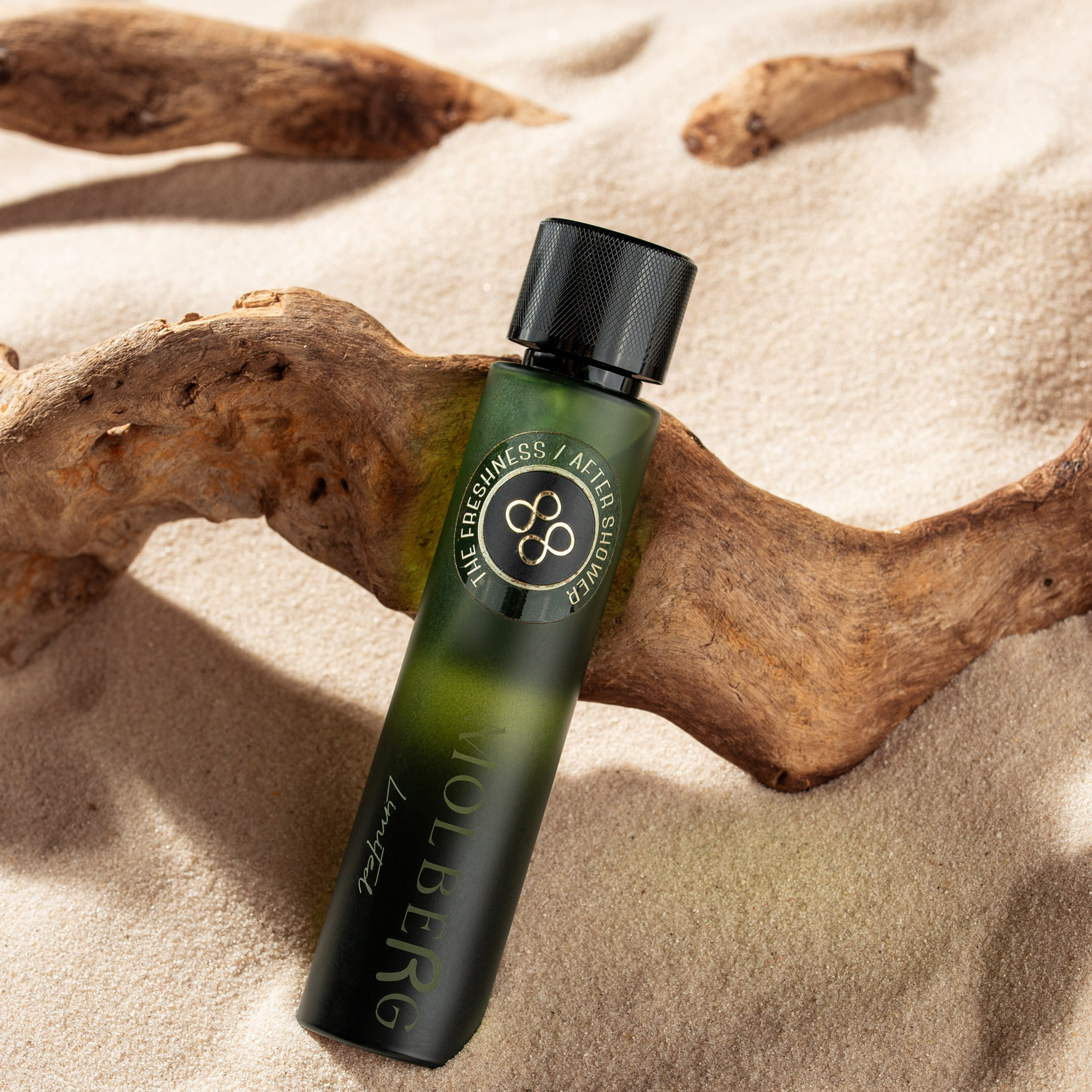In product photography, choosing the right camera or lighting setup is important — but so is something many brands overlook: the image format.
The same product, when shown in different ratios, can create very different effects on user attention, platform visibility, and sales performance.
This article explores the most common formats — 1:1, 4:5, and 16:9 — and where each one works best in e-commerceand social media marketing.

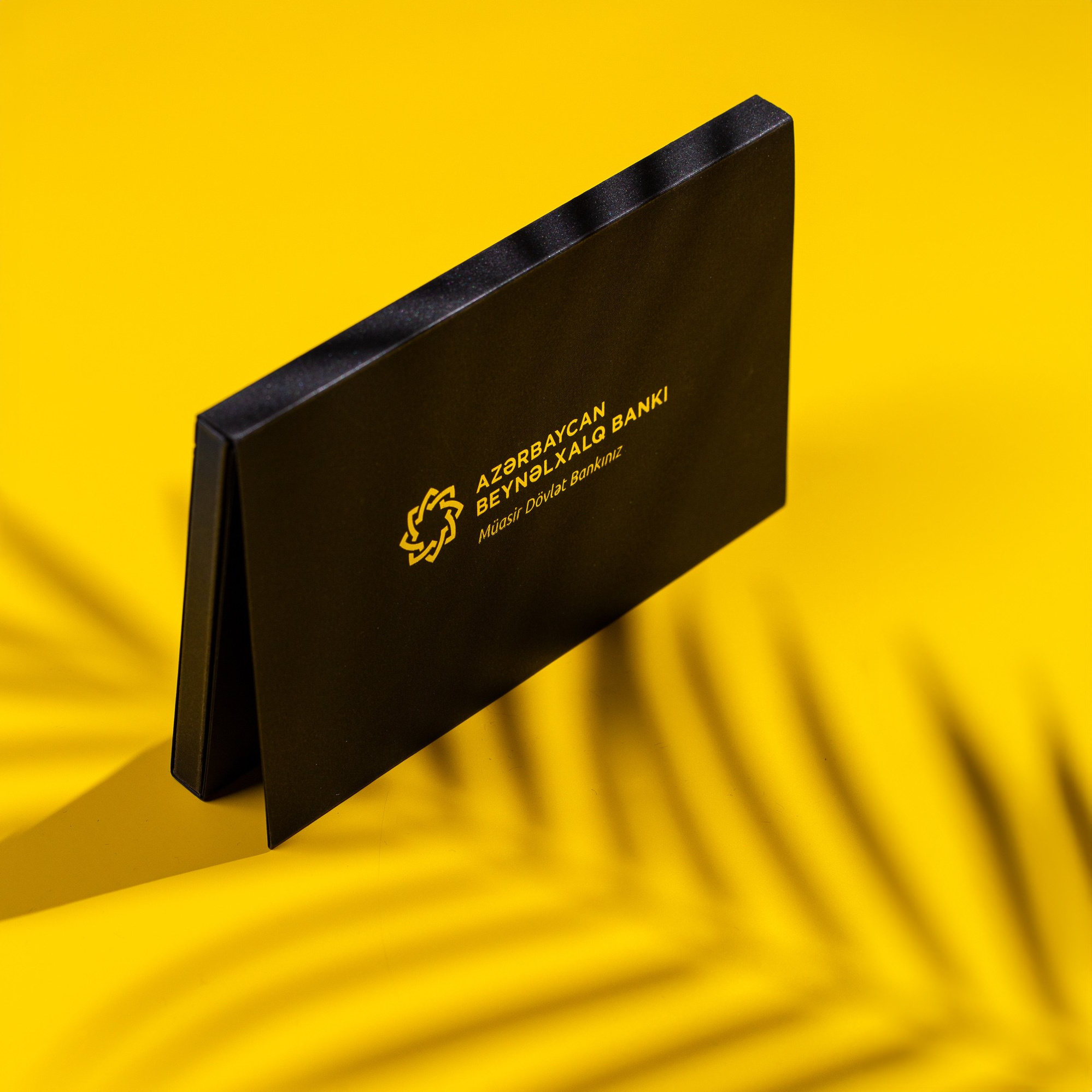
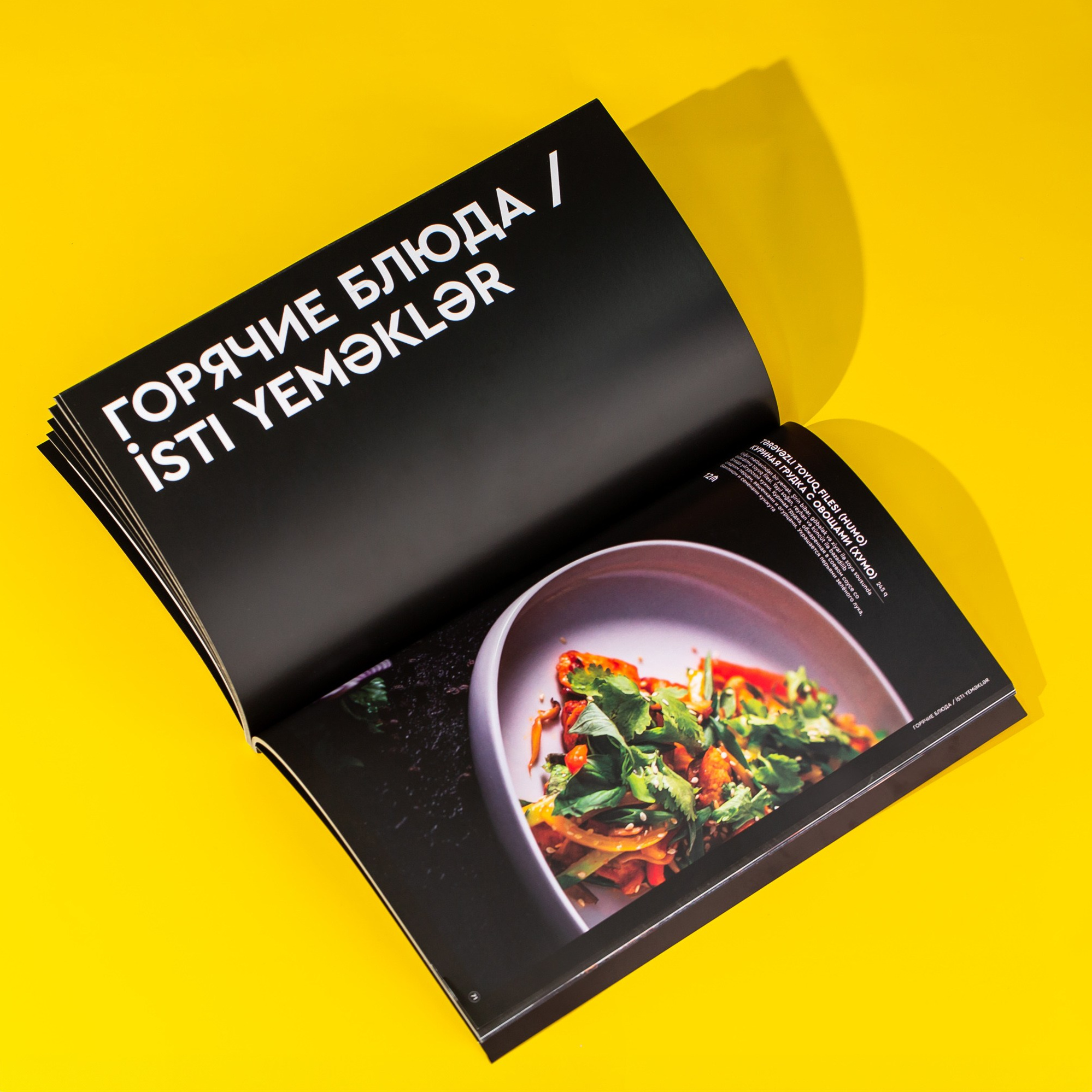
1:1 — Square Format
What is it?
1:1 is a perfect square — width and height are equal. It’s a go-to format for many social platforms.
Where is it used?
- Instagram feed (standard posts)
- Facebook posts
- WhatsApp catalogs
- E-commerce platforms like Trendyol, Umico, and Amazon
Why use it?
- Optimized for mobile viewing
- Visually balanced and easy to scan
- Ideal for showing single products or neat product grids
Pro Tip:
If your brand relies heavily on Instagram, every product should have a 1:1 version.



4:5 — Vertical Format (Portrait)
📌 What is it?
4:5 is a vertical (portrait) format — slightly taller than square, without being overly long.
Where is it used?
- Instagram feed (this is the tallest allowed format)
- Pinterest and Facebook posts
- Meta ads for mobile devices
- Lifestyle and close-up shots
Why use it?
- Takes up more vertical space on the mobile screen → better visibility
- Stronger focus on a single product
- Higher engagement and click-through rates (especially in beauty & fashion)
Pro Tip:
If you want to stop the scroll on social media, go with 4:5. It dominates feed space and drives more attention.
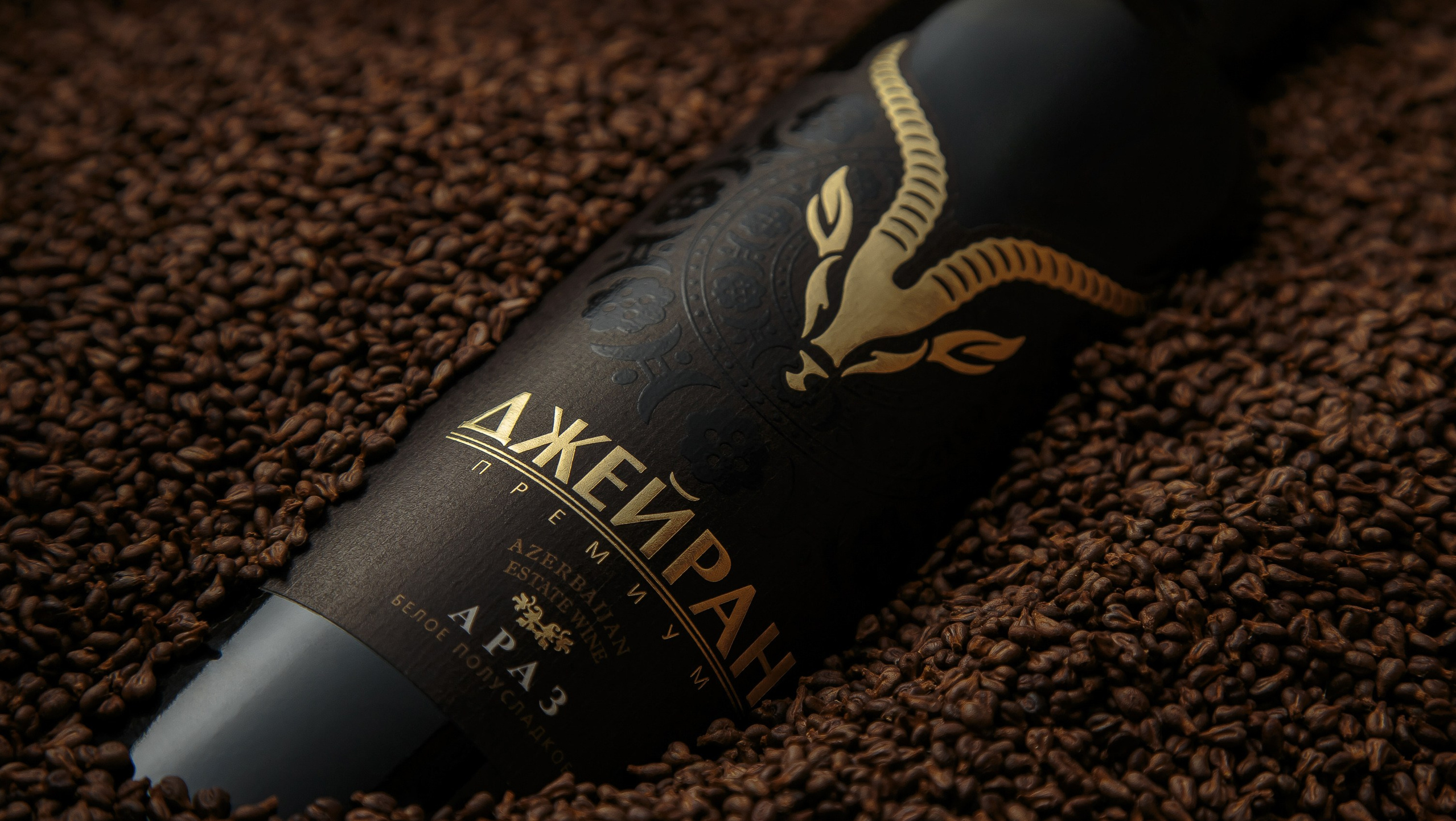
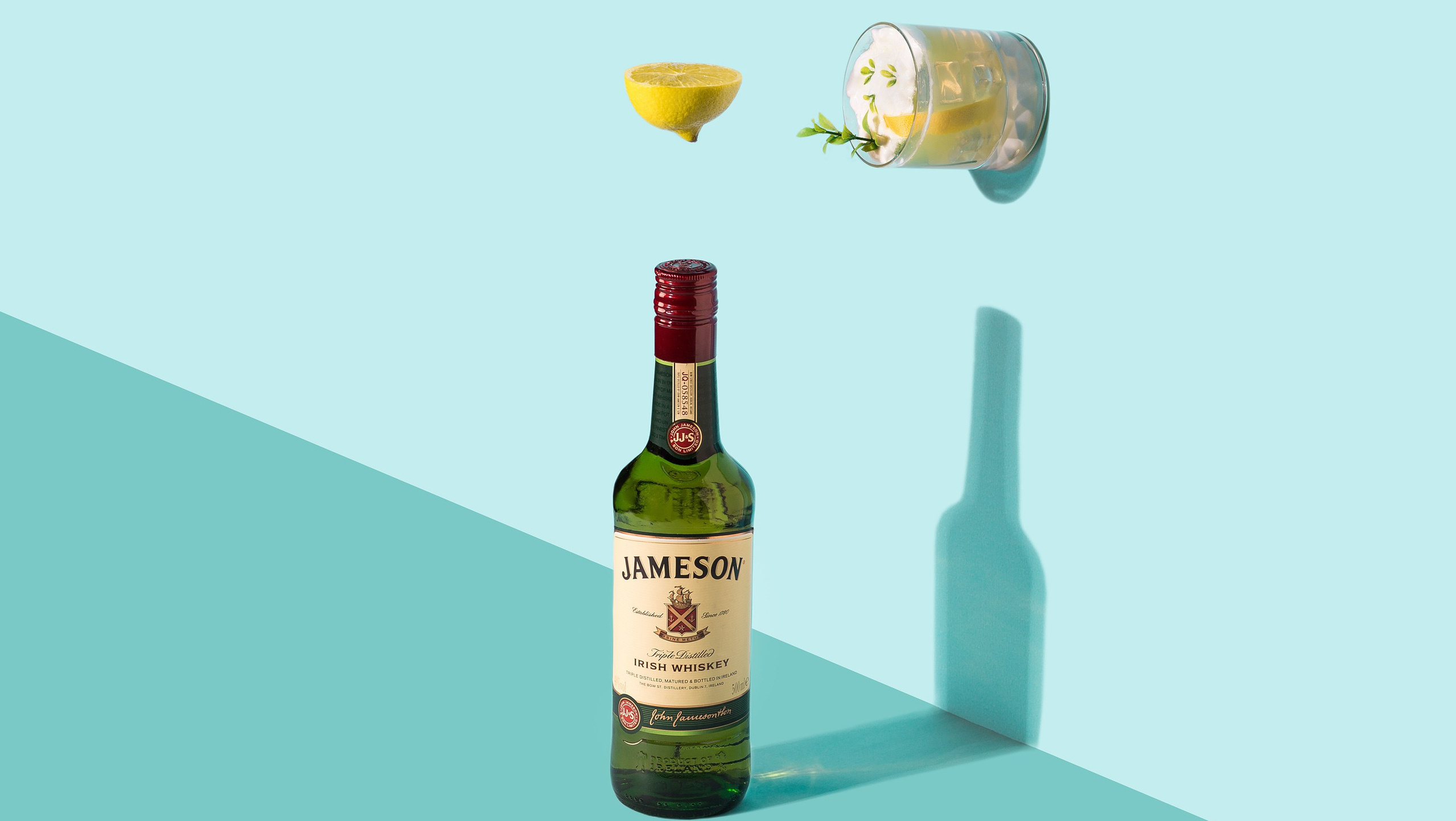
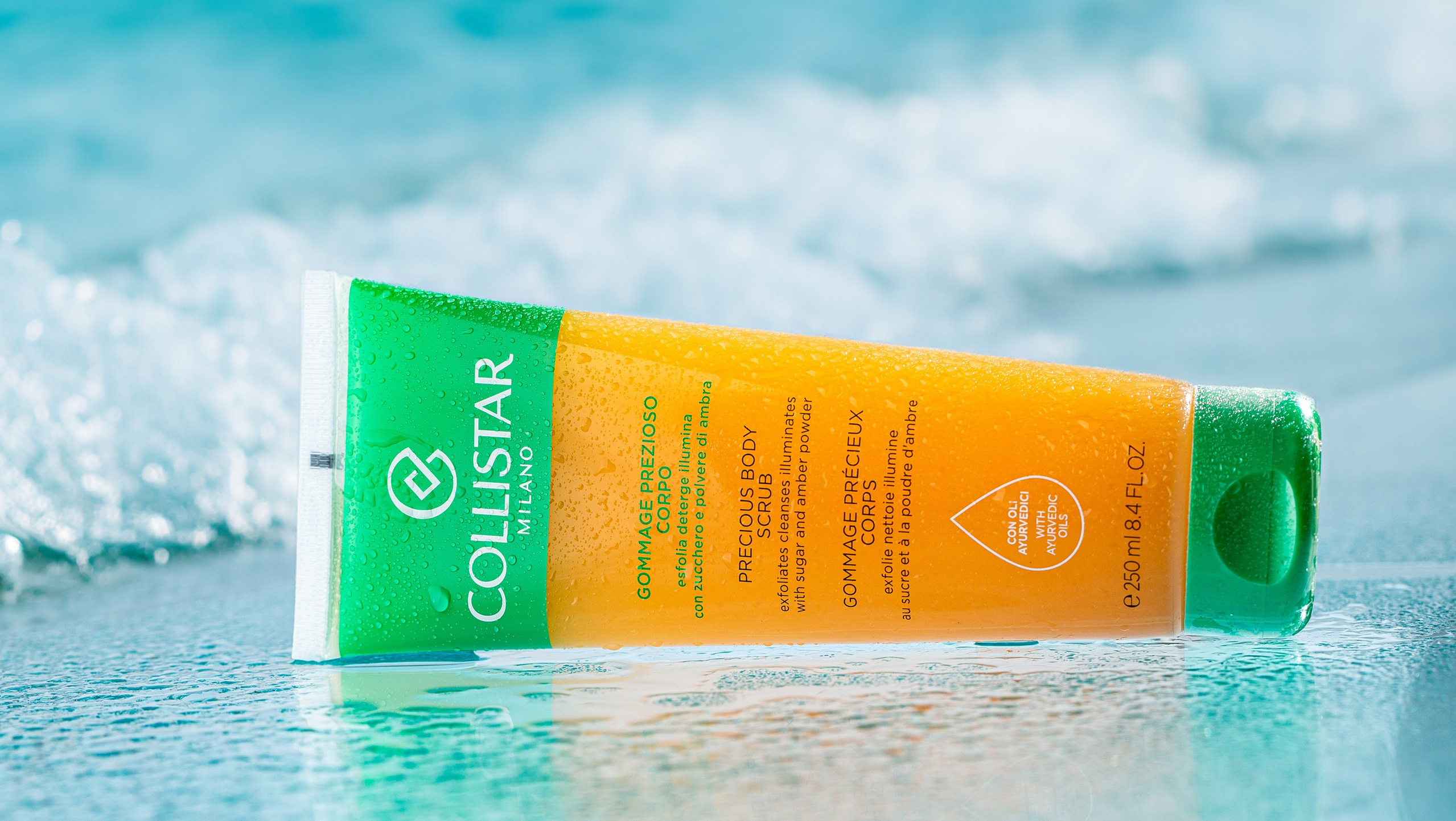
16:9 — Horizontal Format (Landscape)
What is it?
16:9 is the classic landscape format used in video, TV, and widescreen content.
Where is it used?
- YouTube thumbnails
- Website banners and sliders
- Facebook or LinkedIn cover photos
- Reels/TikTok cover frames
- Branded presentations
Why use it?
- Ideal for brand storytelling and wide compositions
- Allows more “breathing space” in your layout
- Great for showing products in real-life environments
Pro Tip:
Want to show context — like your product in a kitchen, desk setup, or lifestyle setting? 16:9 is perfect for that.
Which Format Is Most Used in E-commerce — and Why?
Most used formats:
- 1:1 — Standard across most online marketplaces (Trendyol, Amazon, Umico, etc.)
- 4:5 — Popular in mobile-first platforms like Instagram & Facebook
- 16:9 — Rare in product listings but powerful in branding and presentation
Why?
- 1:1 is easy to display and compatible with most systems
- 4:5 grabs more space in mobile feeds and performs better in engagement
- 16:9 is about storytelling, not specifications — best for banners or lifestyle branding
Blog

How Product Photography Influences Buying Psychology
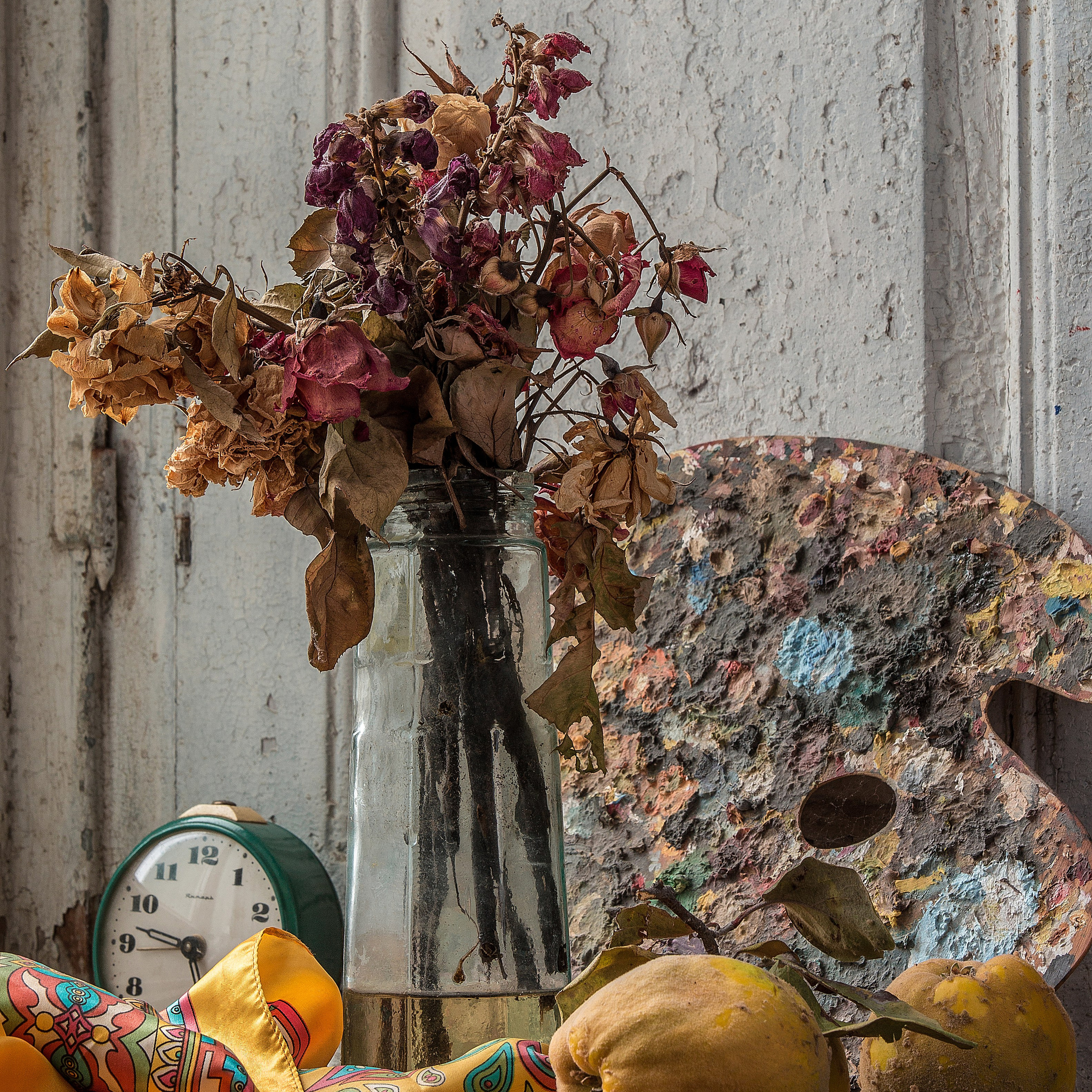
The History of the Still Life Genre

The Secret of Colors: What is the Itten Circle and Why is it Important in Photography?
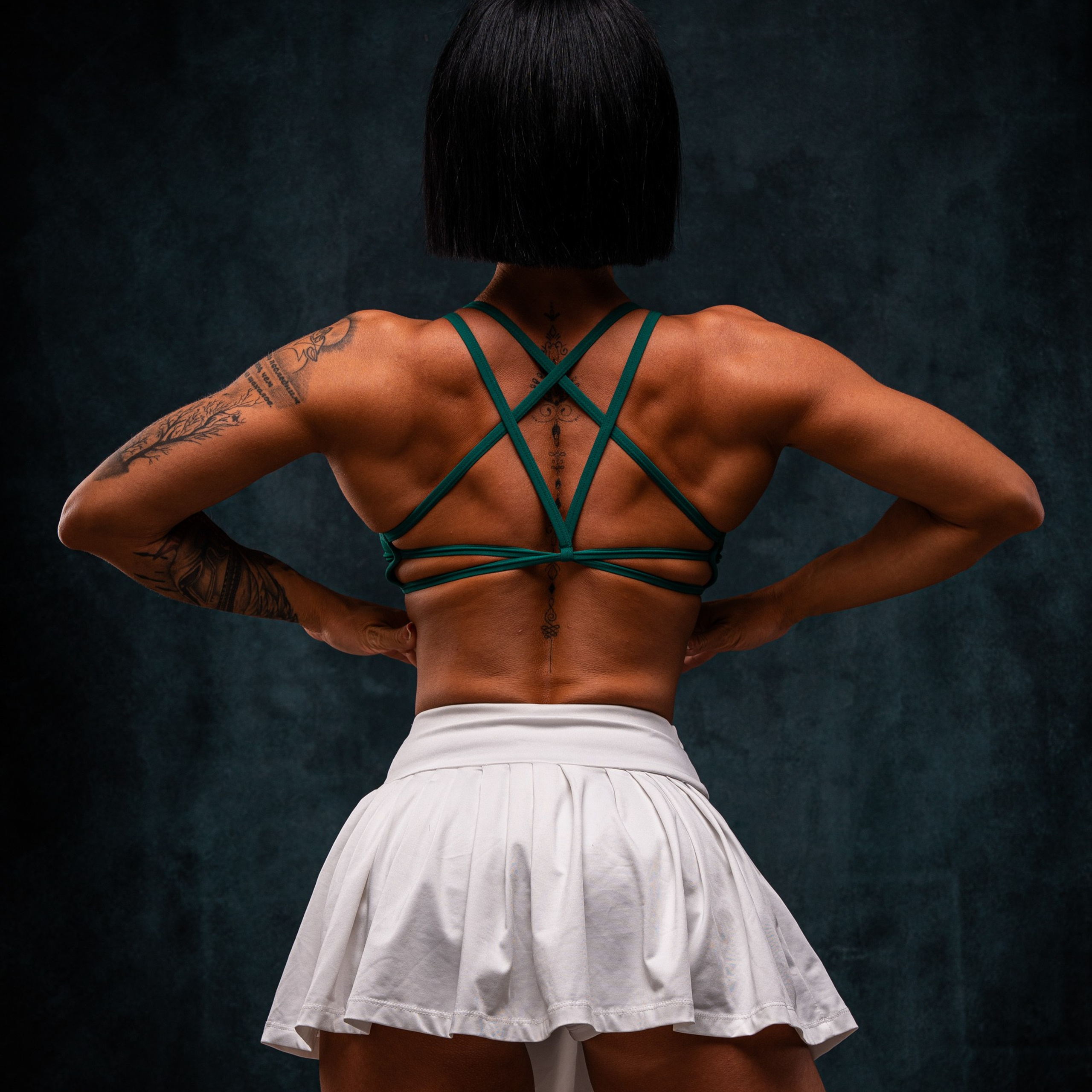
The Aesthetics of Power: Secrets to Professional Athlete Portrait Photography
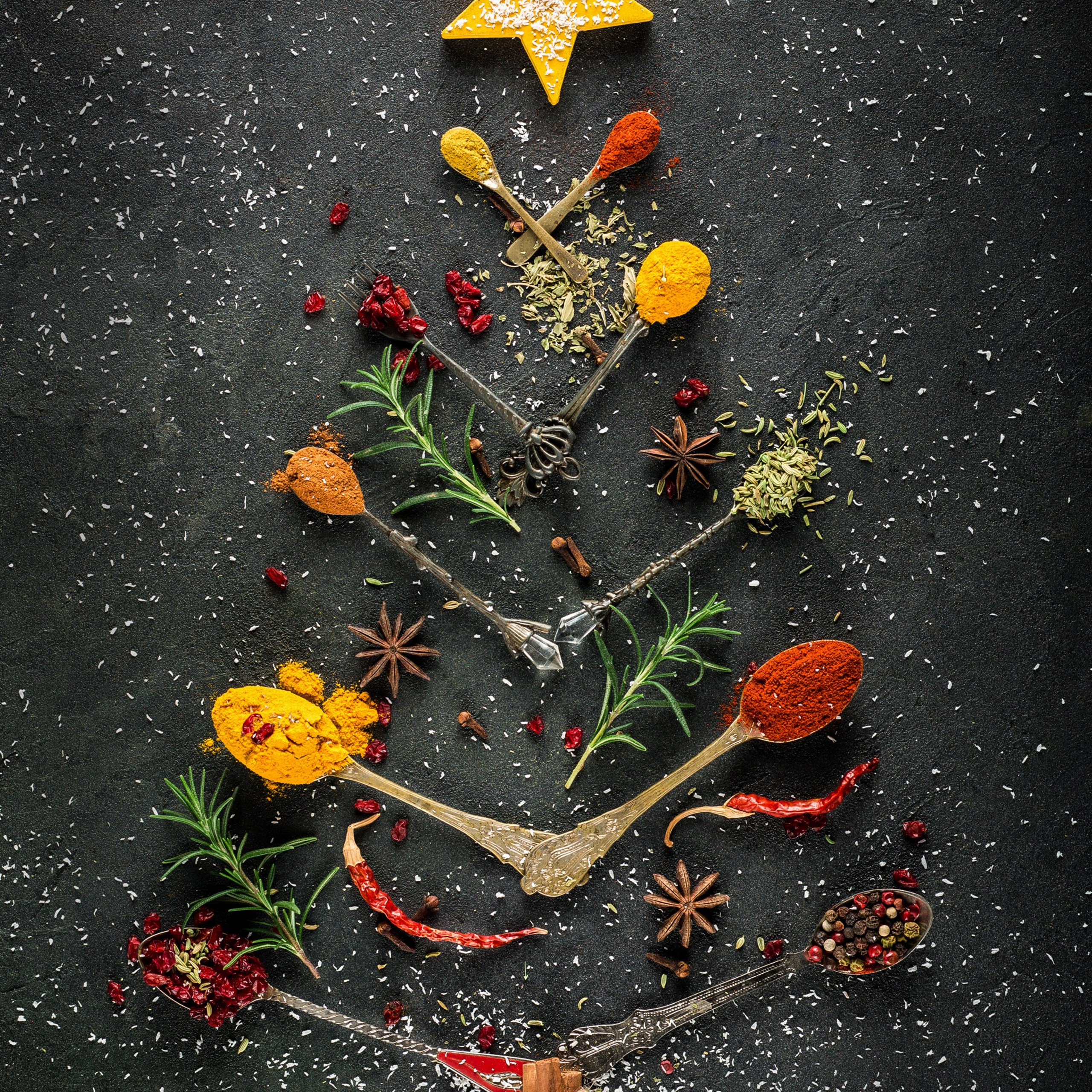
Christmas & Winter-Themed Product Photography
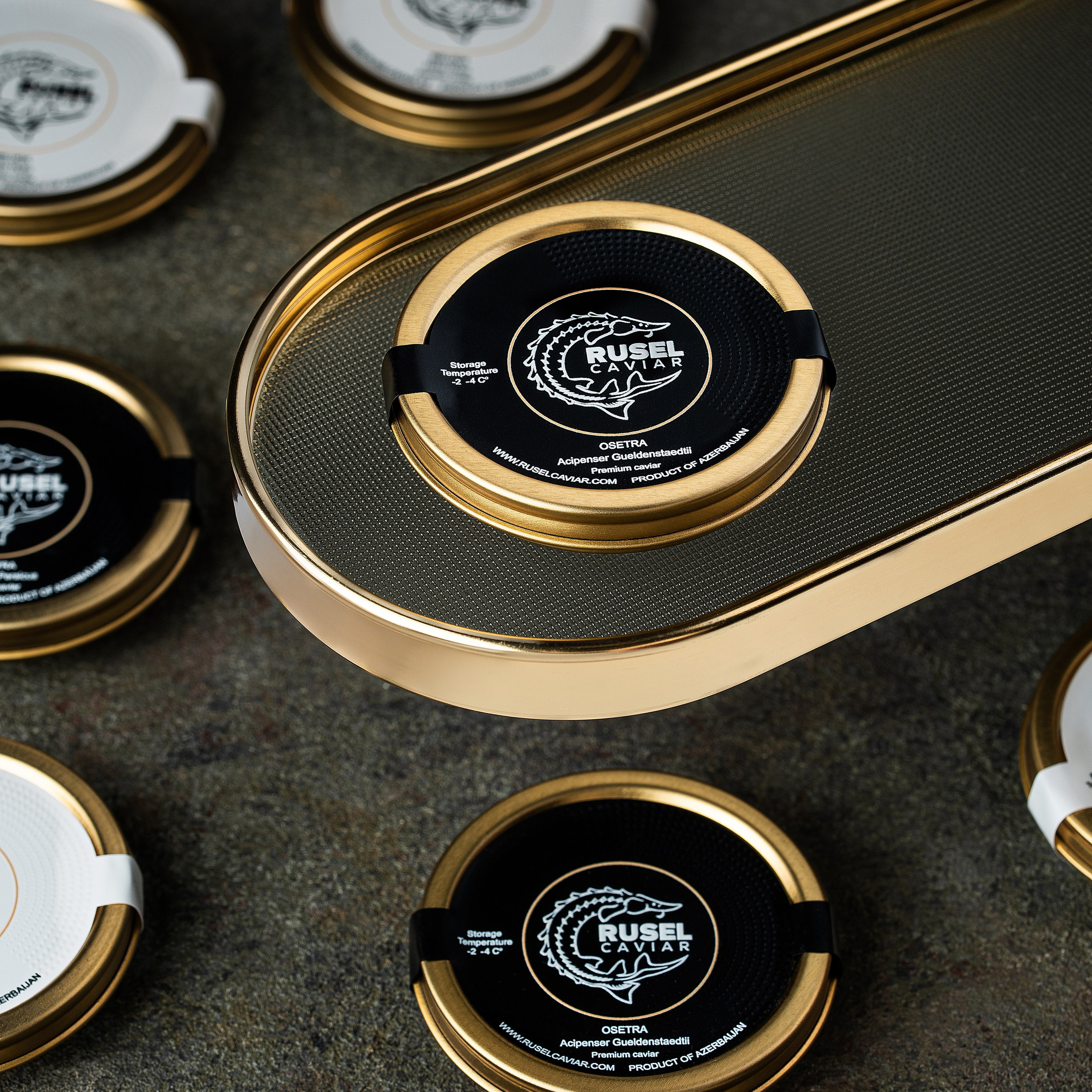
Visual Anatomy — #7: Rusel Caviar (Premium Caviar Product Photography)
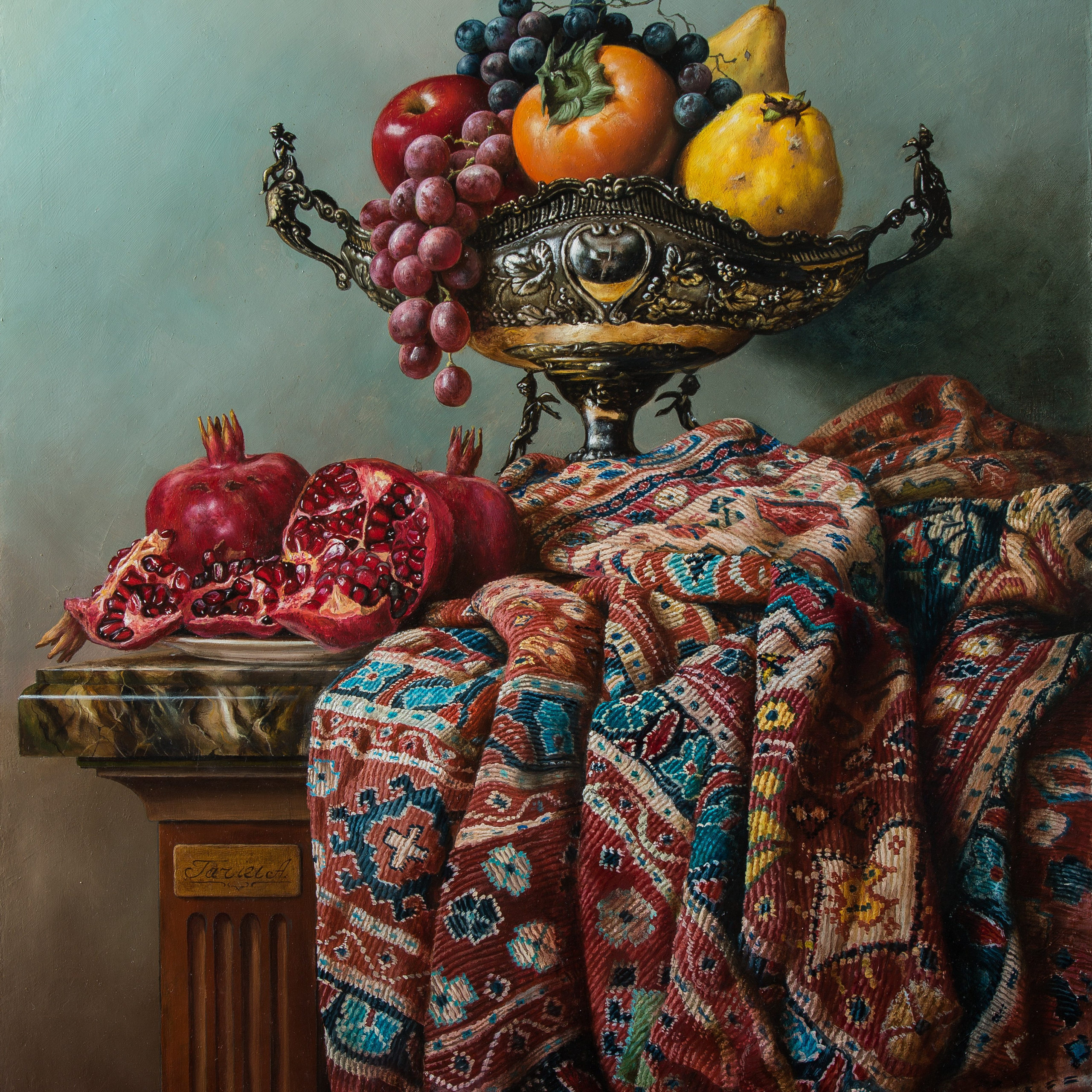
Art Reproduction Photography






